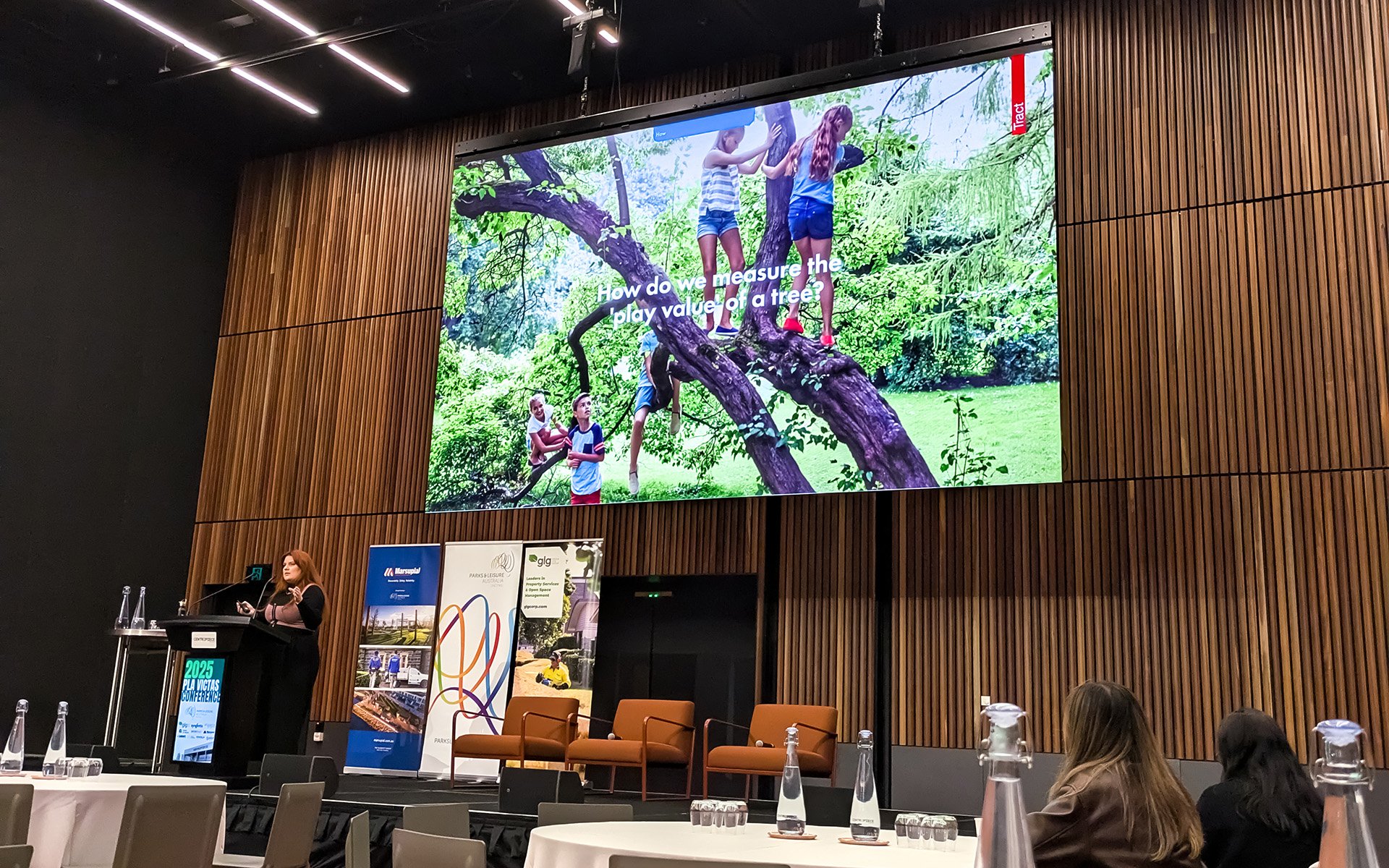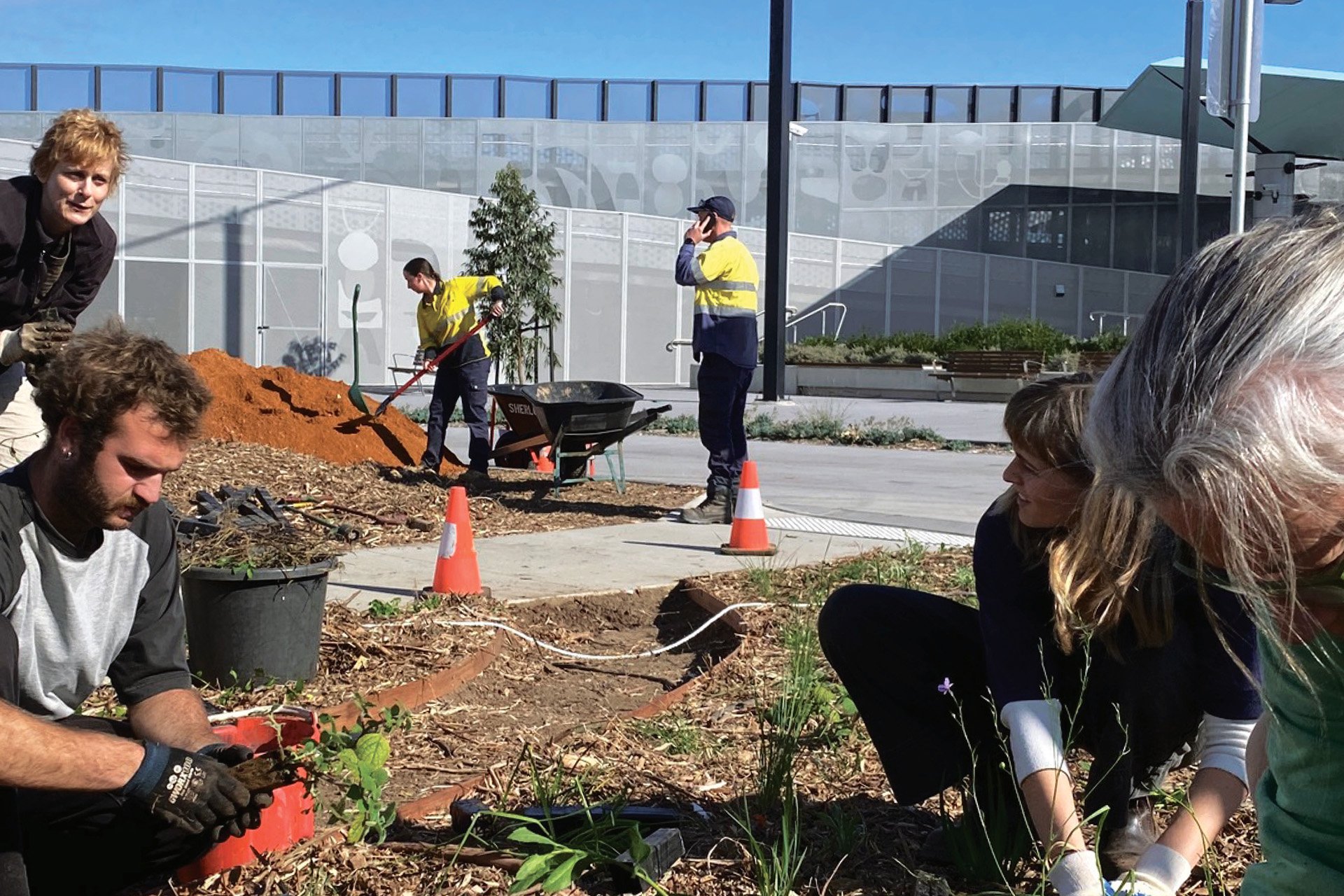Reading
To achieve Net-Zero emissions, we need to intensify our focus on energy efficiency, sustainable travel, and reducing waste to landfill.
September 21st is Zero Emissions Day, an International Day of Action that calls on us as individuals, communities, and organisations to reduce our carbon footprint and promote sustainable practices.
At Tract, as Planners, Landscape Architects, and Urban Designers, we recognise the significance of improving the climate performance of our projects and reducing the climate impact of our business operations.
On Zero Emission Day we want to share the journey we are on to reduce our climate emissions.
In 2012, we committed to reducing our environmental footprint as CitySwitch signatories; and in 2022, we reaffirmed our dedication by embracing CitySwitch’s “Pathway to Net Zero”. CitySwitch is a pioneering sustainability program that empowers cities and businesses to transition towards a greener future by promoting energy efficiency, reducing carbon emissions, and fostering eco-friendly practices, making it a beacon of hope on our journey towards a zero-emissions world.
Our Path to Reducing Project-level Emissions
For a firm such as ours, the biggest source of emissions is embodied and operational carbon in our projects. Reducing what is known as Scope 3 emissions is an important but challenging task as many of the decisions that contribute to the emissions profile of a space are outside our control. However, we must take steps to understand which carbon-intensive decisions we control and where we need to influence change.
We are using the Pathfinder app to assess the carbon emissions of select landscape projects to understand which decisions we need to change, such as specifying different materials. This knowledge will help us develop training and other workflow amendments to support our staff in making different decisions.
Why Zero Emissions Day Matters
Zero Emissions Day is a stark reminder of the urgent need to combat climate change. Our initiatives have already made a significant impact:
- We have reduced our carbon footprint.
- We have inspired our employees to adopt sustainable practices.
- We have set an example for our peers in the design and planning industry.
There is more work to be done. Climate Change is a global crisis, and we all have a part to play in achieving zero emissions.




